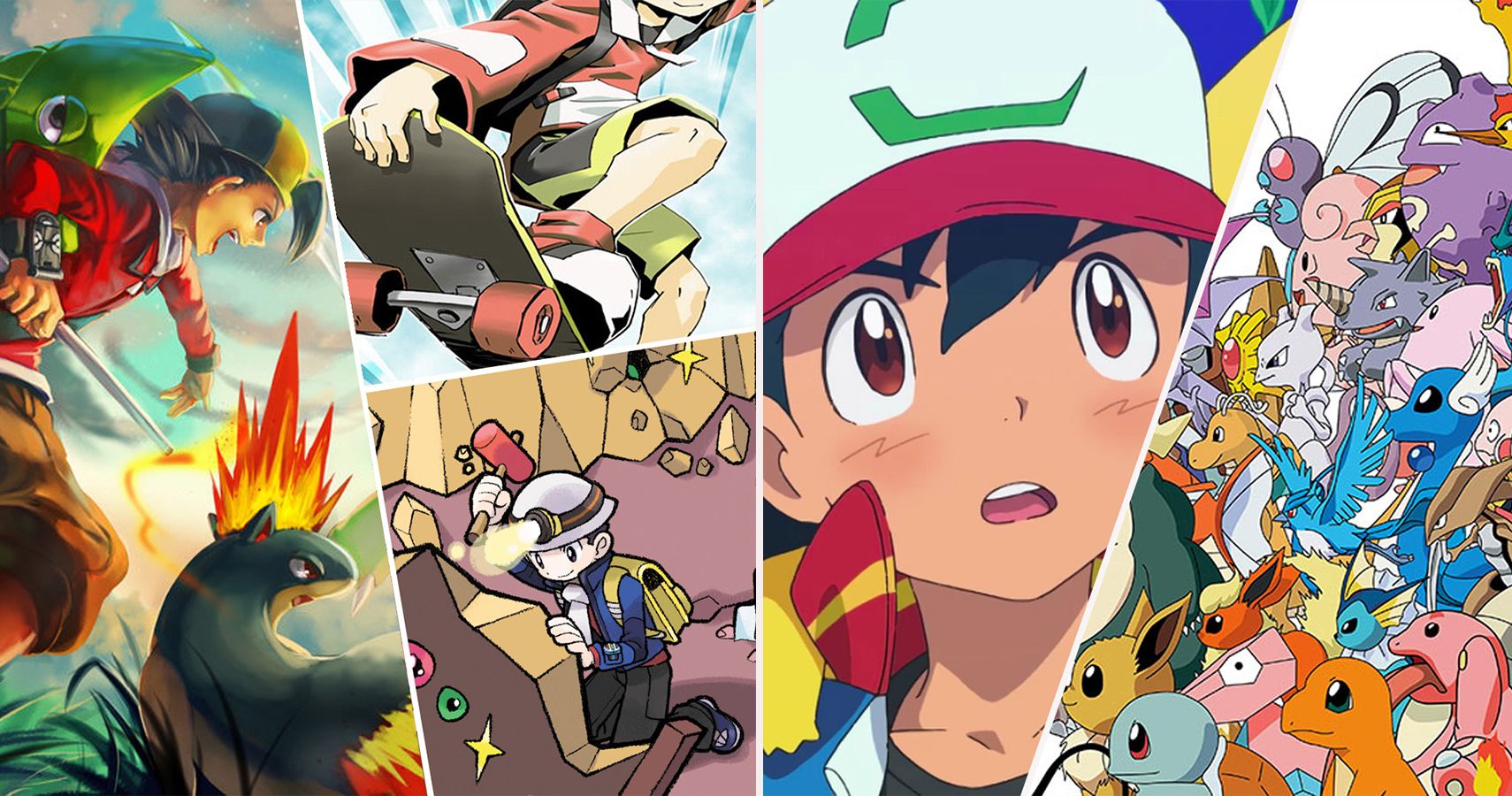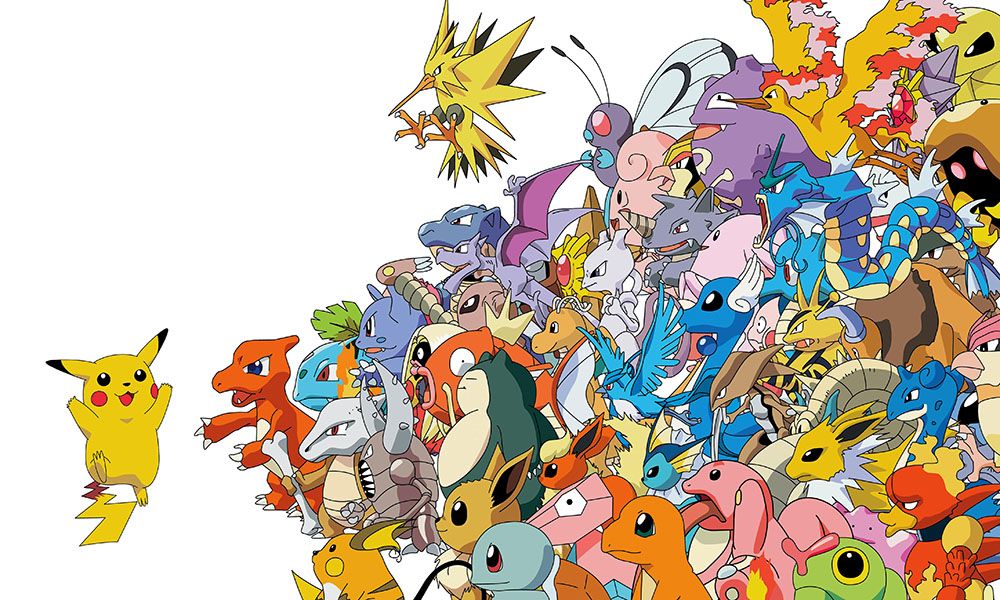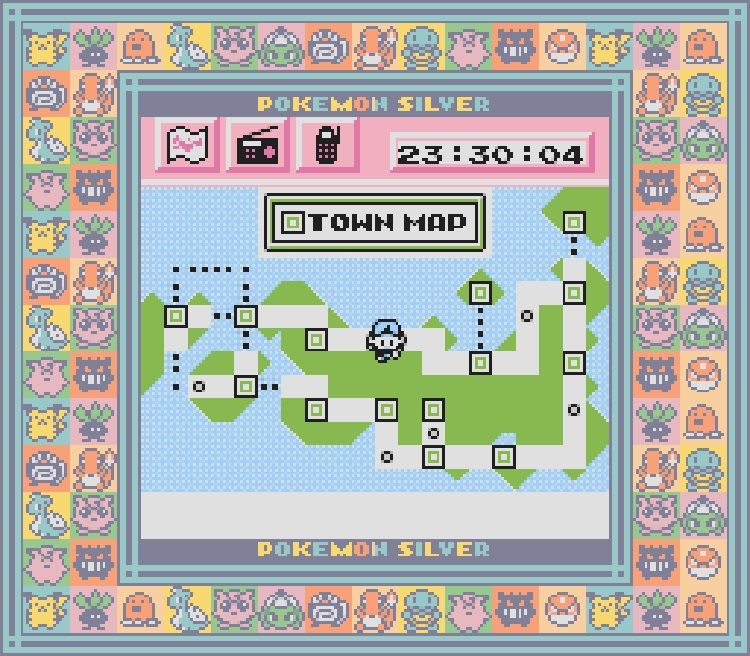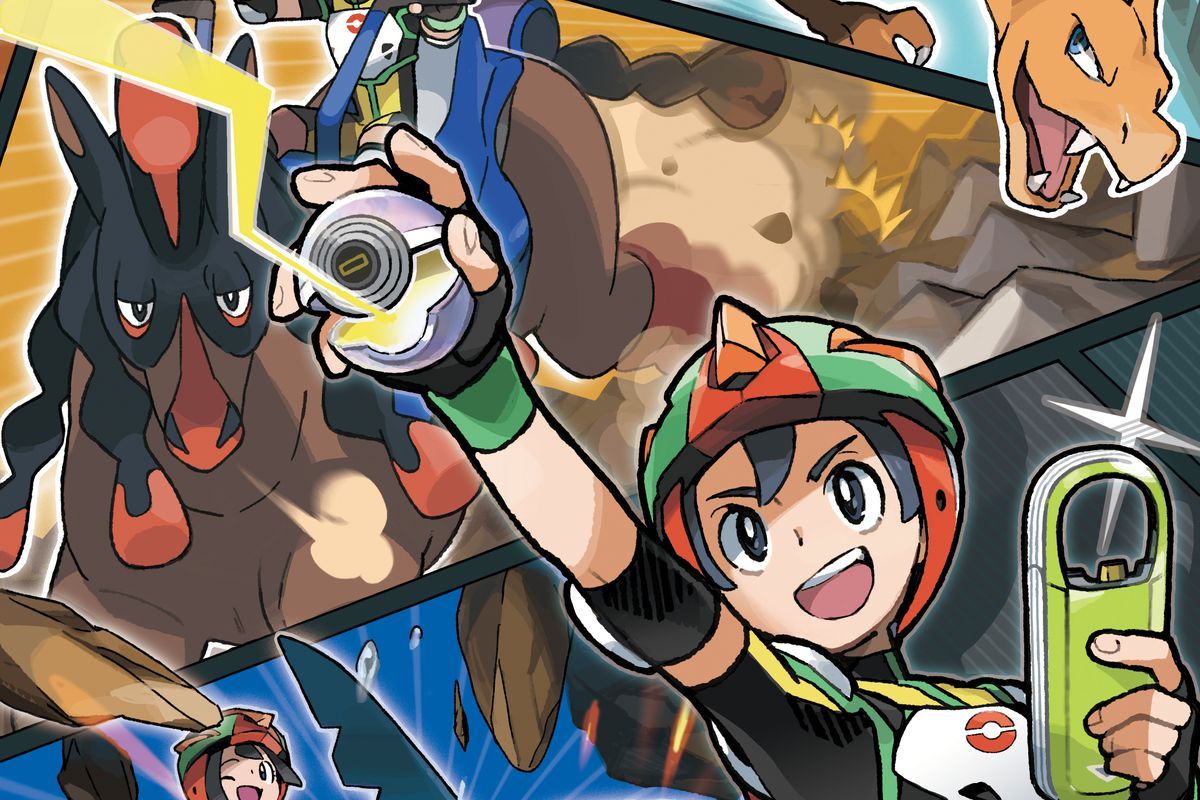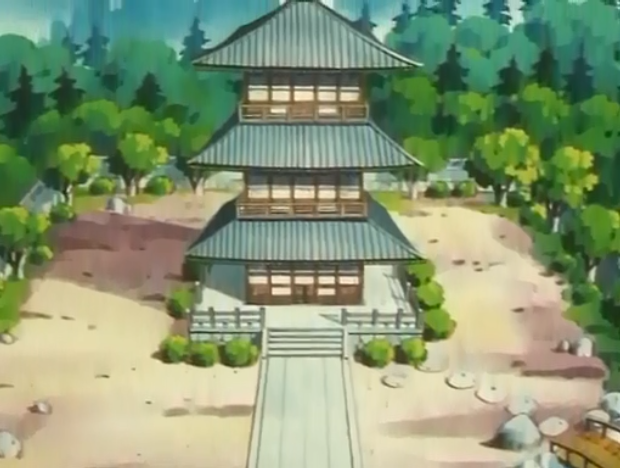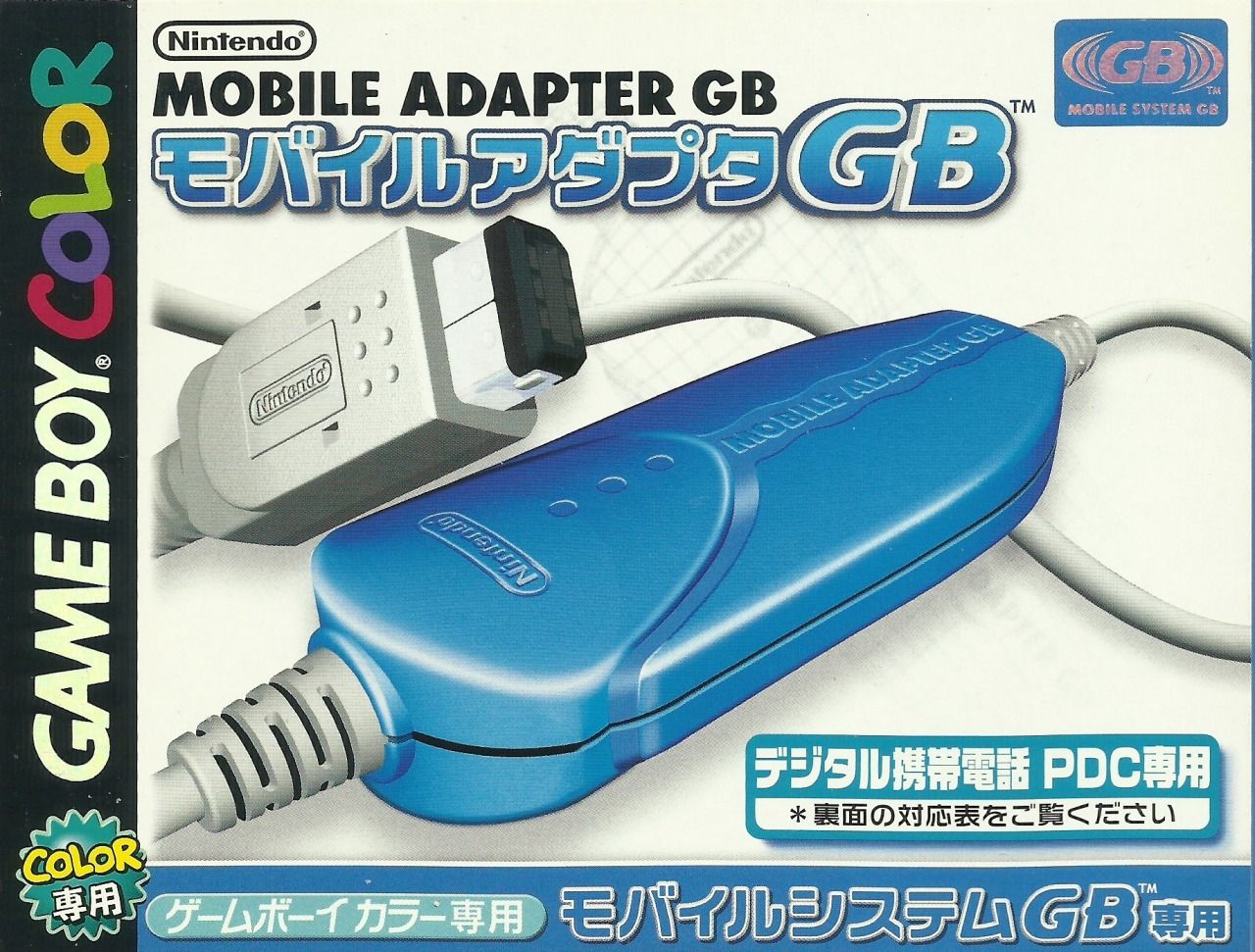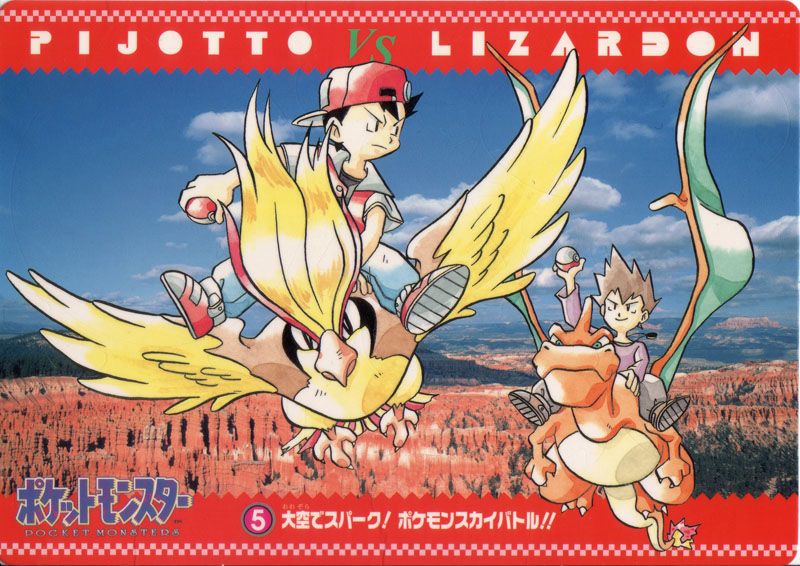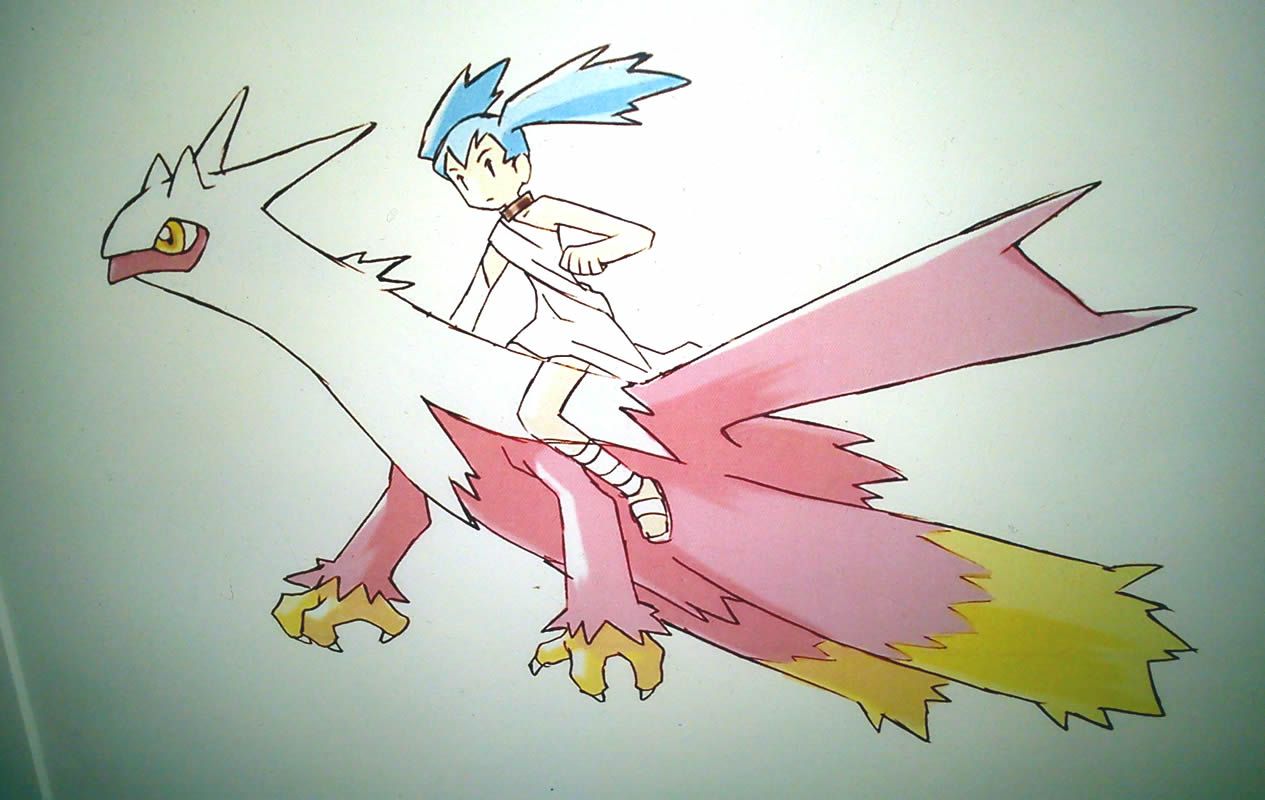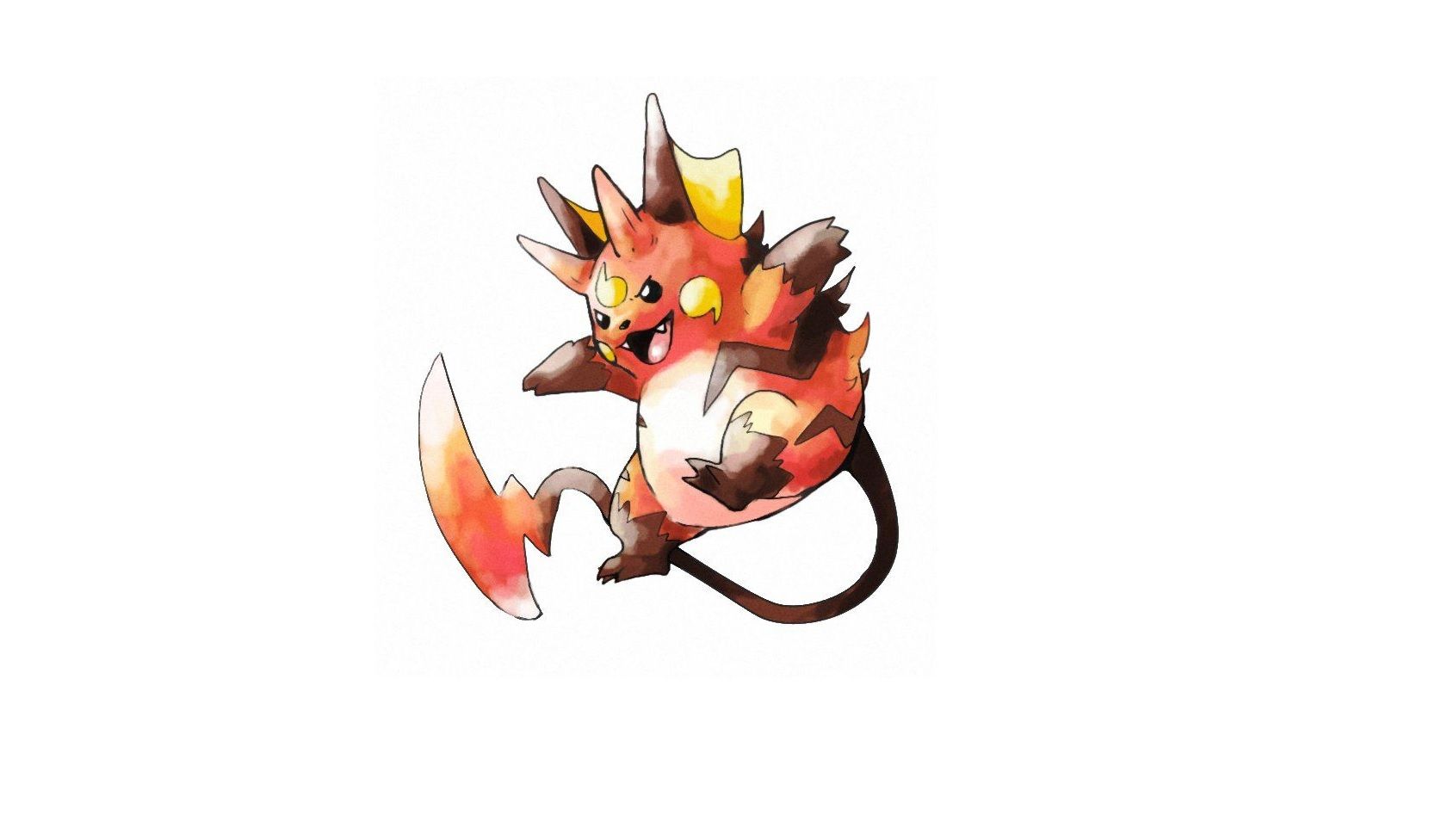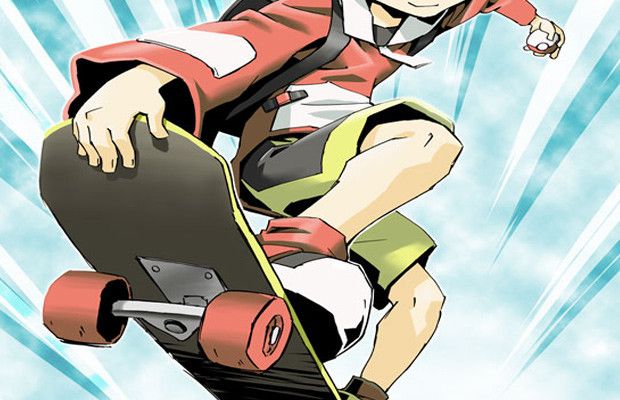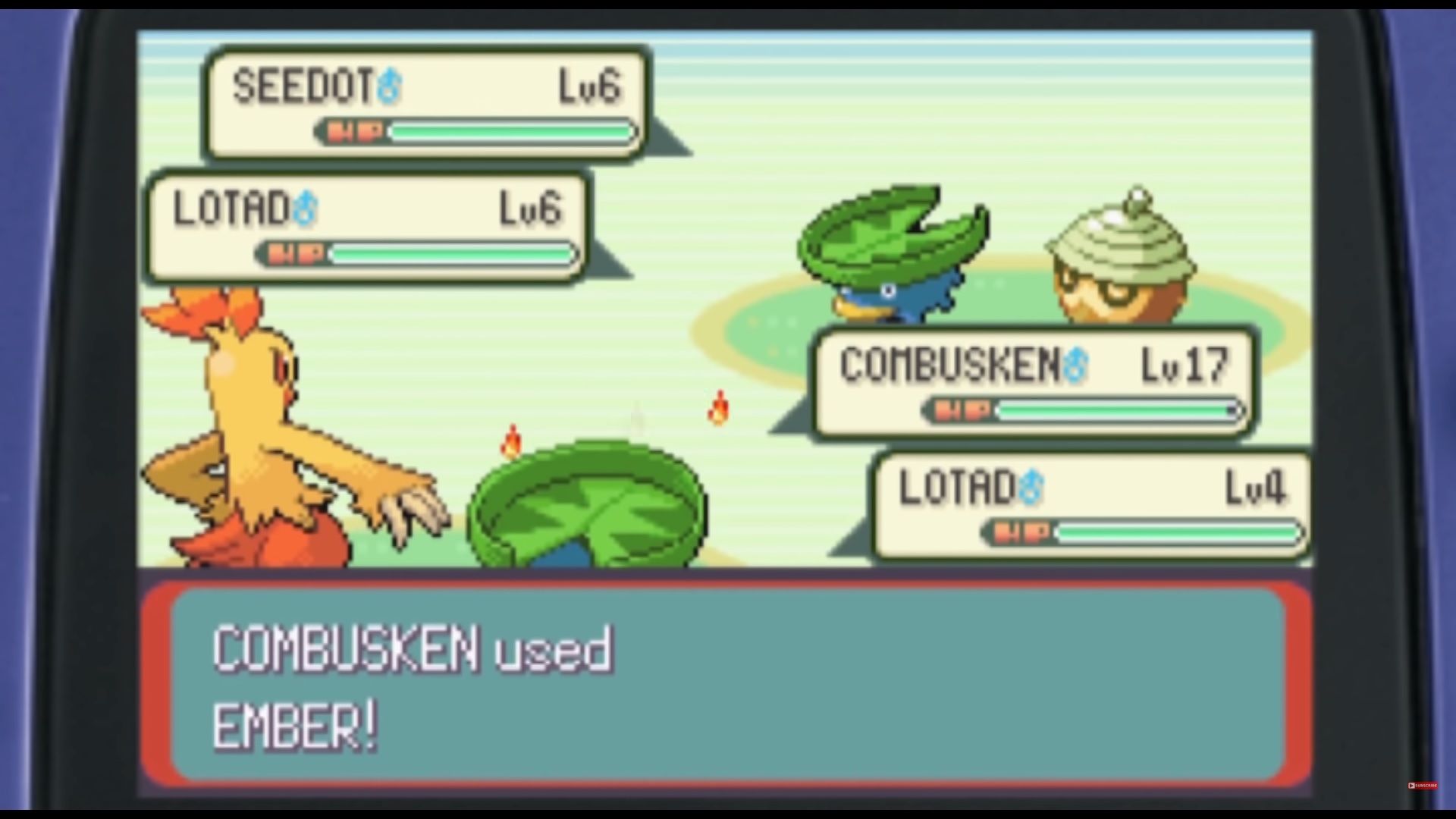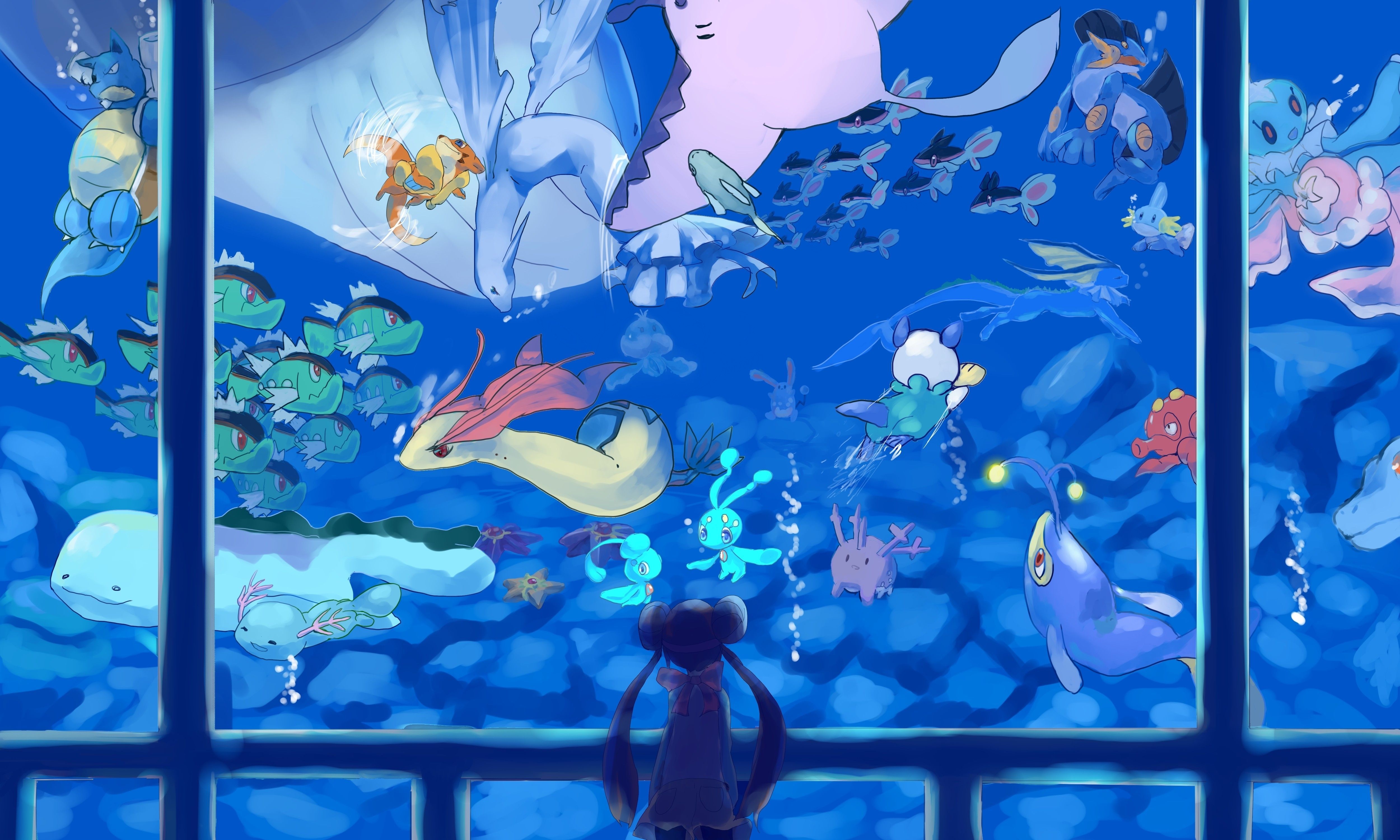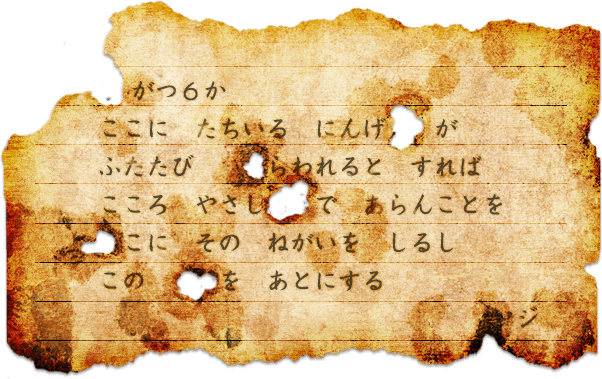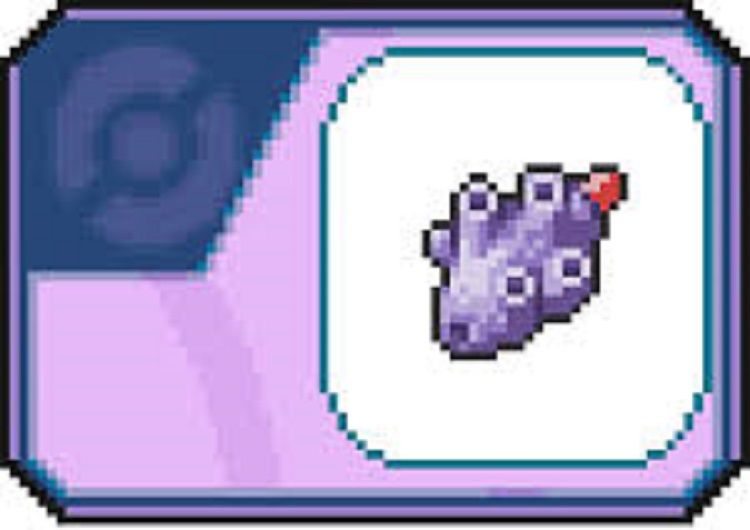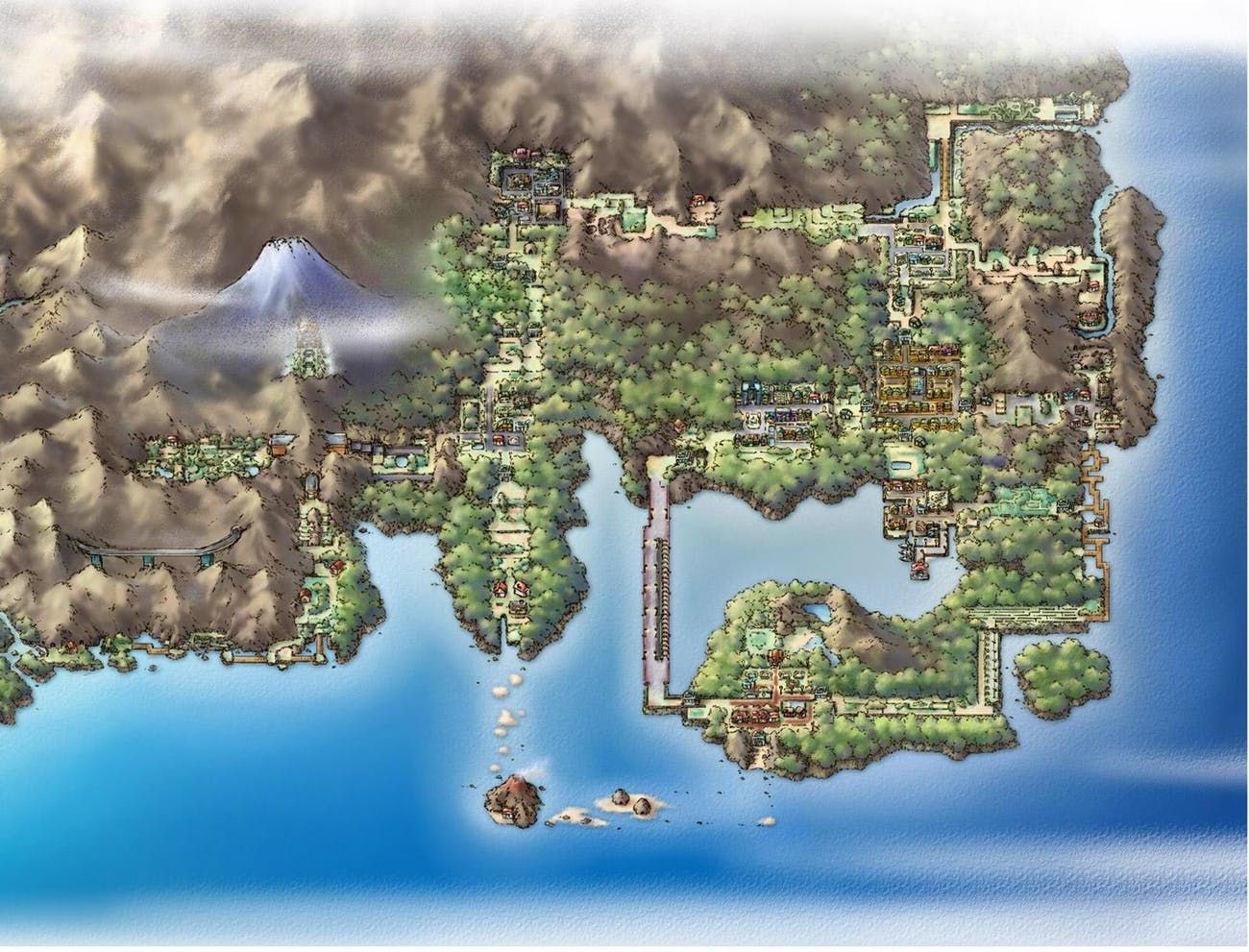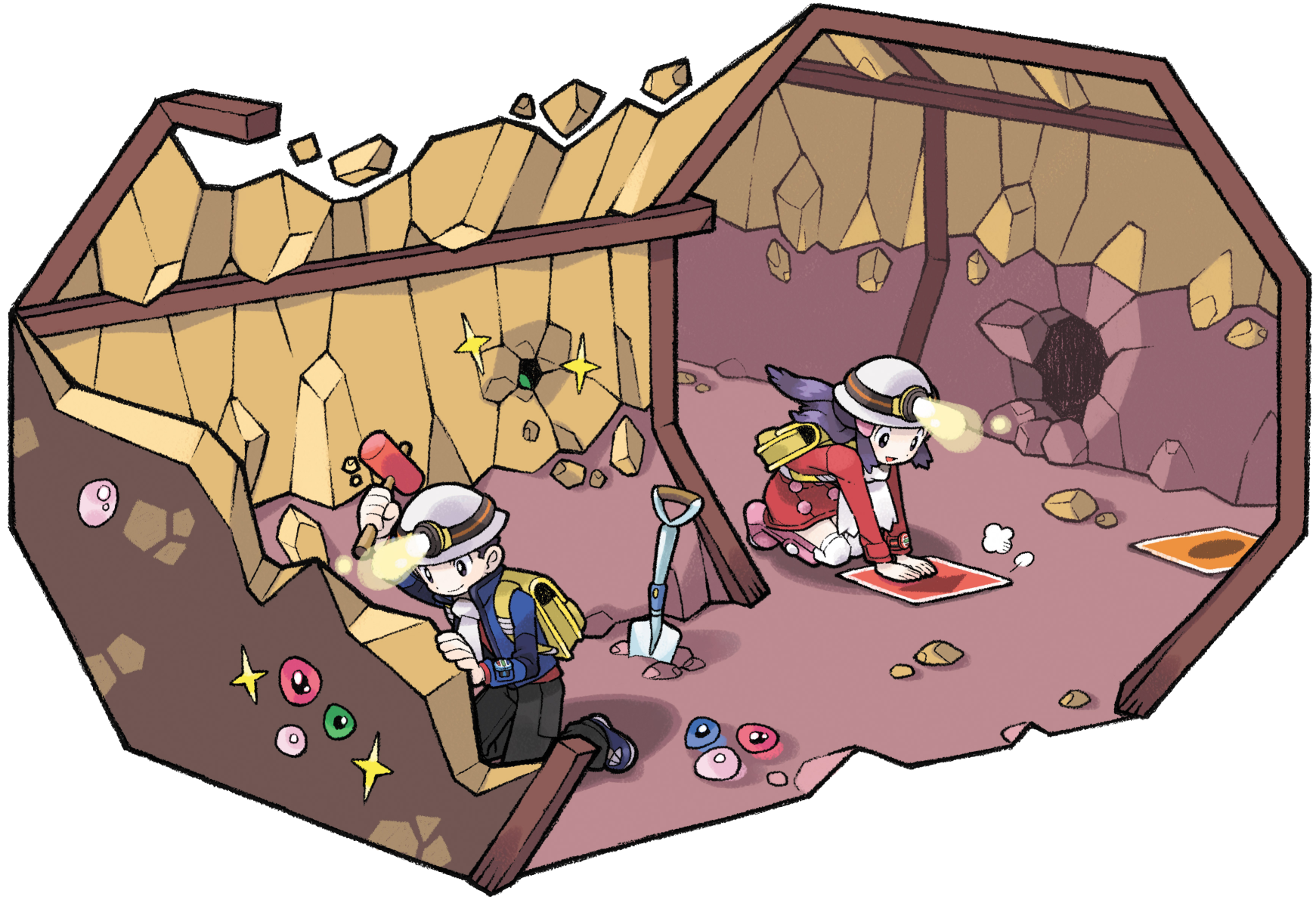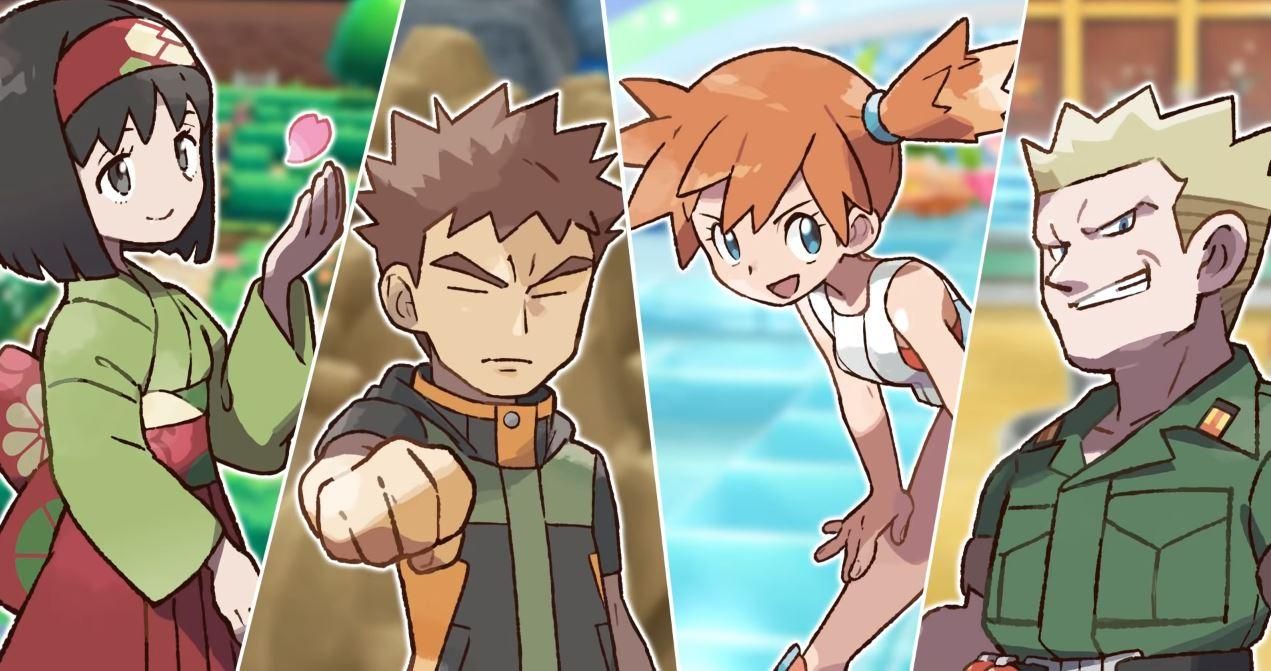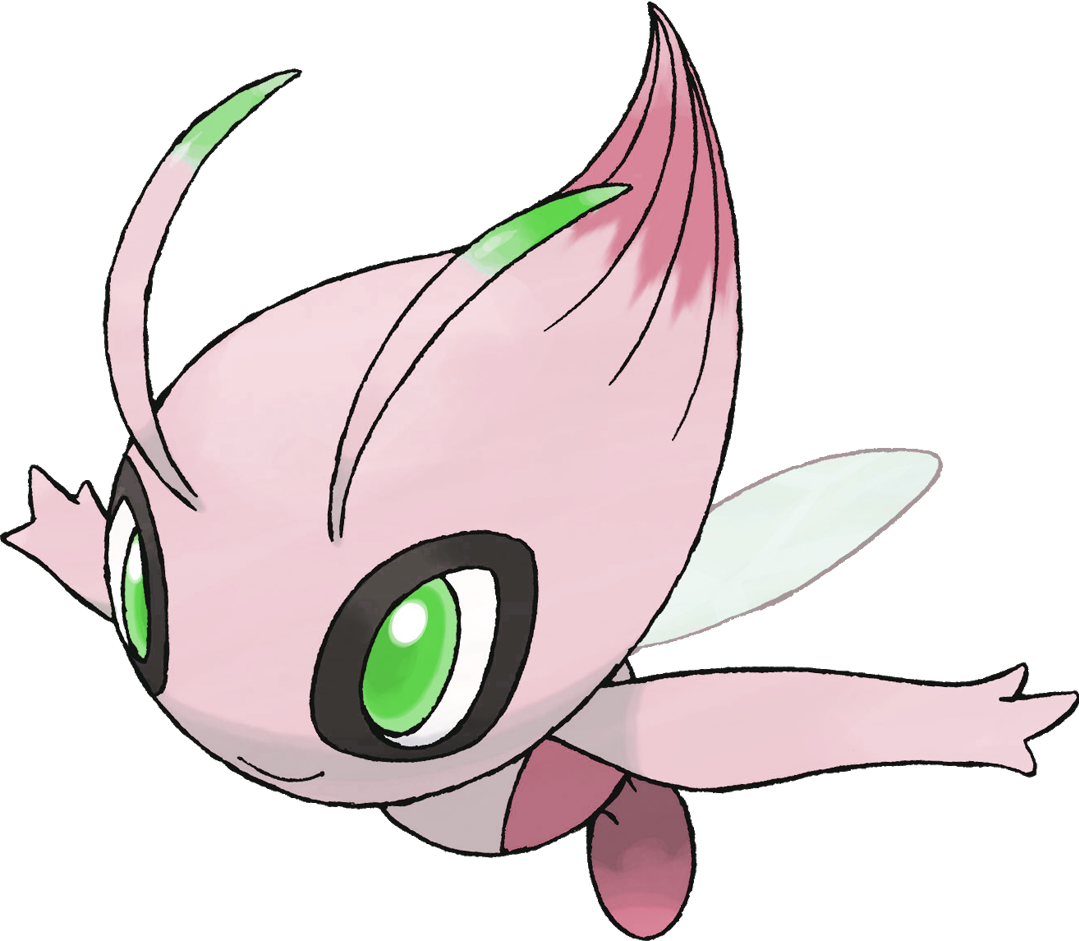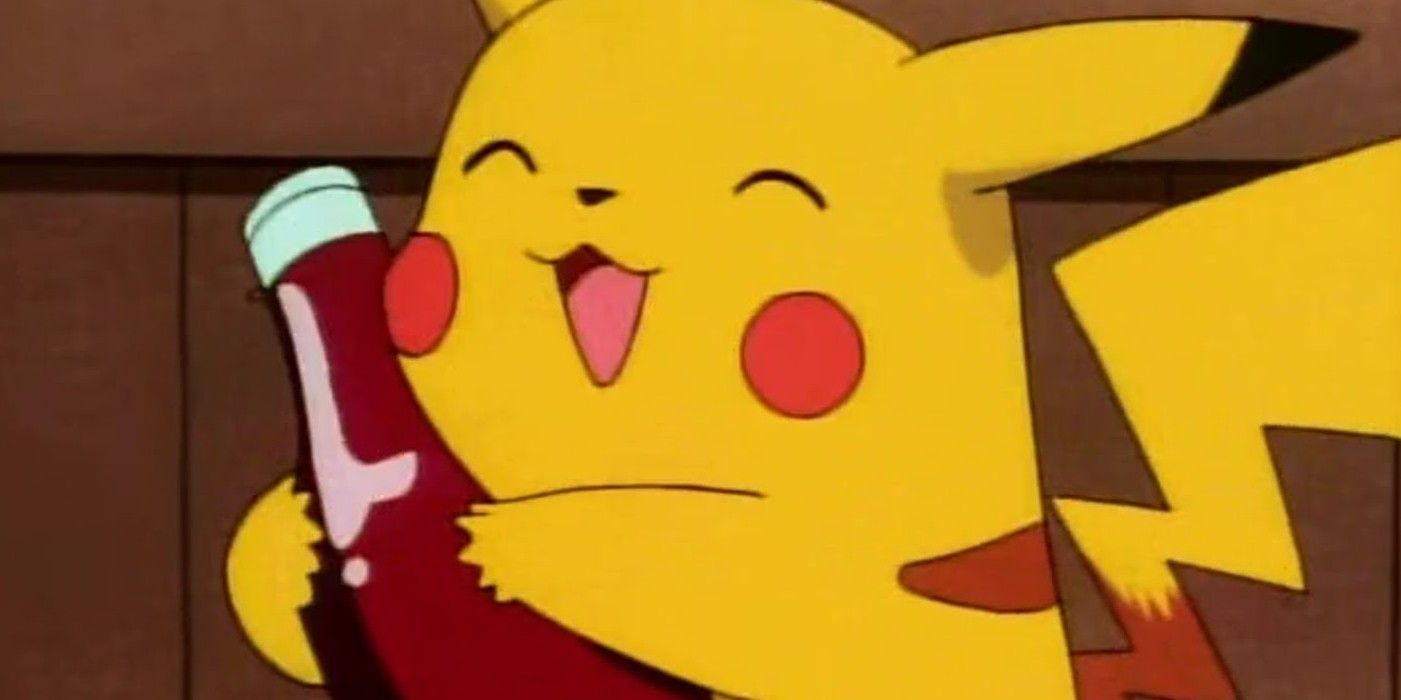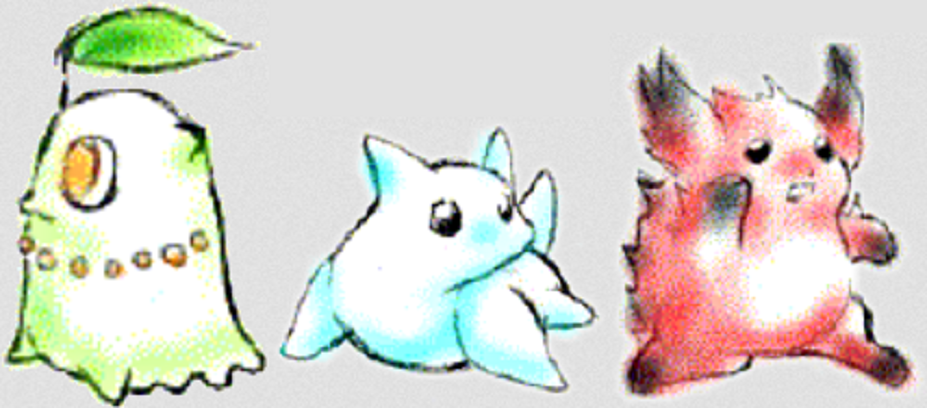The Pokémon games have been around for over twenty years now, and have captured the hearts of millions of fans around the world. They aren’t the longest or largest JRPG’s out there but are packed with enough fun to keep people coming back for more. If you were to look into what’s been cut from the series, there’s quite a bit to find – especially when you look at the first few generations. Gen I was in development for several years and had some lofty ambitions, but a lot of what was taken out of those games was done so due to storage and memory issues.
As you go through this list, you’ll notice that as a common theme when looking at the reasoning behind most of the cut content. Any parts of the games; from the trainers, to the towns, moves, and the actual Pokémon themselves were either removed due to problems with memory or some other unexplained reasons. It may be interesting to examine just what was taken out of certain Gens, the reasoning behind the changes and think on what we missed out on as fans of the series.
So with that in mind, let’s look at 25 Things fans didn't realize they deleted from Pokémon games (and it's so unfair).
25 From 200 to 150 (Pokémon Red & Blue)
Fans have been exposed to Gen I so much at this point that you’d be hard pressed to find those who can’t name most of the original 150. But at one point during the development for Red & Blue there were actually around 200 plus Pokémon planned for the final roster.
The development of the Gen I games was plagued with space issues, and so a lot of content was removed – Pokémon included. Some of these made it into the next generation while others were just scrapped completely.
24 A Different World (Pokémon Gold & Silver)
If you were to look at the Space World ’97 demo for Gold & Silver, you’ll notice that plenty changed in the final product. Most notably, however, are the drastic changes made to the game’s map between the time of the demo’s release and Gen II’s release two years later.
In the demo, Kanto was compiled into one large city while the rest of the map was based on the island of Japan turned on its side. As you can imagine, many of the towns were based on actual areas and regions found in Japan – with most of them not making it into the final product.
23 A Missing HM (Pokémon Red & Blue)
Plenty of content was cut from Gen I, ranging from Pokémon to trainers and even a mysterious HM. Their importance in the series is being reworked it seems, but HM’s have been a necessity for Pokémon trainers for years.
It seems like a mystery HM was removed from Gen I and though we’re aware of its existence, there isn’t any information out there to suggest what it actually was. Given how early Kanto concept art implied that there would be more diverse locations such as a desert – it could’ve been a move similar to Rock Smash.
22 A Taller Sprout Tower (Pokémon Gold & Silver)
When you first explore Sprout Tower in Gold & Silver, it all feels a little underwhelming. If you talk to an old woman NPC she’ll give you a little bit of history on the place and reveals that the tower was said to have once been supported by a Bellsprout 100 feet tall.
The tower itself is only three floors in the games. But an additional six floors seemed to be planned during the development – bringing the total amount of floors to nine.
21 Mobile System GB Missing Features (Pokémon Gold & Silver)
This next entry is an example of region exclusivity. Players in the West missed out on a bunch of extra features in the Gen II games due to the lack of an online service only offered in Japan. This paid service was known as the Mobile System GB.
The service wasn’t brought over mainly due to the fact that it was dependent on players having mobile phones, which at the time most Western kids did not. The features offered though were pretty awesome and while they didn’t add much in terms of gameplay, would’ve still been welcome by audiences at the time.
20 A Bunch Of Missing Trainers (Pokémon Red & Blue)
As previously mentioned, there was tons of content cut from the original games. We know that there were a ton of Pokémon that didn’t make it into the final product. So it shouldn’t be too surprising that there were 39 trainers cut from the games as well.
Some are more notable than others; for example, the Silph Co. Chief who was apparently supposed to be the final boss of the Silph Co. building. There’s also a random engineer class trainer that actually made it back into the games via the Gen III remakes.
19 Beta Pokémon (Pokémon Ruby & Sapphire)
We’ve already looked at Pokémon that outright didn’t make it into the games but this time we’re going to take a look at some design changes instead. You can find beta designs of pretty iconic Gen III Pokémon online.
There are some interesting beta designs of Torchic – one of which is sticking out of a large egg while the other looks more or less like the original except with larger ears. There’s also a pretty emaciated looking Groudon and the above image which looks to be a mixture of both Latias and Blazekin.
18 Three Stage Evolutions (Pokémon Red & Blue/Gold & Silver)
We’ve pretty thoroughly gone through the amount of content that was cut from the Gen I games so far. While we do know that many Pokémon were cut from the games, not all of them were just random monsters – some of them were actually evolutions.
The most notable is Gorochu, the recently revealed second evolution in the Pikachu line that never came to be due to – you guessed it – a lack of cartridge space. If you look at the Gen II demo there were 8 unused baby Pokémon for Grimer, Goldeen, Doduo, Meowth, Vulpix, Tangela, Paras, Ponyta and Growlithe respectively which would’ve made them all three stage evolutions instead of two.
17 The Missing Skateboard (Pokémon Gold & Silver)
The bicycle has become an iconic item in the Pokémon franchise – especially the earlier entries in the series. But there was almost another means of transportation introduced in the Gen II games; a skateboard.
The skateboard was supposed to be used in addition to the bicycle and was meant for travel to “unusual places” around Johto and Kanto. This of course never happened, and we’ve never really gotten an answer as to why. But if everything we’ve seen thus far is any indication, a lack of space probably played a part in the decision.
16 Double Battles In The Wild (Pokémon Ruby & Sapphire)
This is a feature that was somewhat reworked in the form of horde encounters years after the Gen III games came out. Double trainer battles were introduced in Ruby & Sapphire and it seems that the wild encounter counterpart to these was implemented in the games as well, but for some reason never made it into the final product.
This could’ve been a really interesting mechanic had it been added. It might’ve offered players more variety in what they could capture as well as helped with the training process throughout the game.
15 Pokémon Zoo & Aquarium (Pokémon Gold & Silver)
We’ve already discussed the changes made to the map in Gold & Silver between the Space World ’97 demo and the eventual release. This next entry has a lot to do with the originally intended maps layout.
There’s a Pokémon zoo in Sendai and an aquarium in Kochi that ultimately didn’t make it into the final version of the game. Without much to go on, we can only speculate as to what their purpose would have been in the final product. Something similar to the Pewter City Science Museum seems likely.
14 Faraway Island (Pokémon Ruby & Sapphire)
There are four hidden islands found in the Gen III games. But only one of these locations stands out to Western players – due in large part to the fact that it was never made available outside of Japan.
The special event ticket needed to visit Faraway Island – for whatever reason – never got into Western players’ hands. Because of this, fans had no way to get their hands on the lv. 30 Mew inhabiting Faraway Island without the use of cheats and glitches.
13 The Azure Flute (Pokémon Diamond & Pearl)
Speaking of things we never got, let’s move on to our next entry. The Azure Flute is one of four event-exclusive Key Items in Diamond & Pearl. Unlike the Secret Key, Member Card and Oak’s Letter however it was never distributed – to anyone.
According to Junichi Masuda, the Azure Flute never made it into player hands due to Game Freak believing the item to be too confusing for players to use. Using the Azure Flute at Spear Pillar would lead players to the Hall of Origin where they could catch a lv. 80 Arceus.
12 The 12th Kanto City (Pokémon Red & Blue)
We’ve had so many Kanto remakes and revisits at this point that the map should be ingrained in your head at this point. Kanto is home to 11 different cities but according to the original map concept art, there was supposed to be a 12th.
You can find data for a PokéMart in here so the town/city was probably around for a good chunk of the development process before getting axed. While we don’t know exactly what we missed, it’s fun to imagine what this lost city would’ve brought to the game.
11 Multiplayer Madness (Pokémon Diamond & Pearl)
One thing the 4th gen games introduced was 8-player online multiplayer – which many fans took a liking to. However, this feature was initially meant to support twice as many players. But an issue with the DS’s memory limitations caused it to be scaled back.
The 16-player mode was initially mentioned a year before Diamond & Pearl released, in an interview given by Junichi Masuda in the July 2005 issue of manga magazine CoroCoro. Though he didn’t mention multiplayer he did say that the games would allow 16 players to simultaneously connect – so the connections to the online mode we got can be made.
10 New Look Elite 4 (Pokémon Gold & Silver)
The Gen II games allowed players to see a completely different side of Kanto just as they thought their journey had come to a close. There were plenty of changes made the second time around, from gyms to what you could catch in the wild and even the Elite Four themselves.
The Gen II Elite Four is a different line-up than the one in the first games consisting of; Will, Koga, Bruno, and Karen. It seems that Game Freak had planned for a different line-up in the early stages of the games, with the initial ensemble being; Koga, Lorelei, Misty, and Giovanni.
9 Shiny Celebi (Pokémon FireRed & LeafGreen)
Celebi has certainly been one of the "harder to catch" Pokémon out there, if only due to its availability earlier on in the series. As hard as it was to get a hold of, its Shiny variation was pretty much impossible to find with normal methods.
Every Pokémon has a Shiny form – and while Celebi is no different, it being made available in Gen III only through distributions made finding one virtually impossible. Taking this all into consideration, it’s probably one of the most elusive Shiny Pokémon out there.
8 Sounds And Moods (Pokémon Ruby & Sapphire)
This next bit of cut content would’ve probably been as popular as having your Pokémon follow you around had it actually been implemented. Going into Gen III, Masuda wanted to make Pokémon seem more dynamic by making it produce different sounds based on its mood.
It’s an ambitious idea – one that was ultimately too ambitious to pull off. This was of course due to memory issues. But you have to wonder if now, years later with much better technology, Game Freak might actually find a way to implement this feature in future titles.
7 Different Starters (Pokémon Gold & Silver)
The Gen II starters are just as well known and popular as their Gen I predecessors. They’re certainly up there in terms of popularity, but two of them almost never saw the light of day. While Chikorita was always intended to be the Grass-type starter, Cyndaquil and Totodile were not.
The initial Fire-starter was called Honooguma and seemed to be a sort of Fire-Bear, while the Water-type starter was called Kurusu and looked very similar to Lapras in design, which may be why it got scrapped.
6 ICED Content (Pokémon Ruby & Sapphire)
It seems that Hoenn was supposed to have a much cooler climate than the one it ended up getting in the Gen III games. In the games’ data, there is an unused weather effect for falling snow that suggests that there were plans for cold weather environments during the games’ development.
You can also find 11 cut battles against Boarders, an entire trainer class that was cut from the third generation completely. Boarders have only appeared in the Gen II games and their Gen IV remakes so far.

